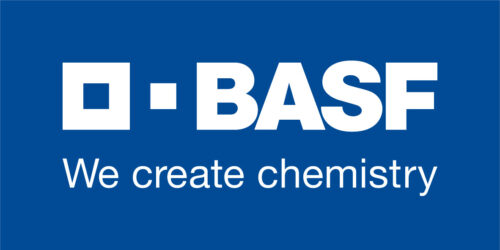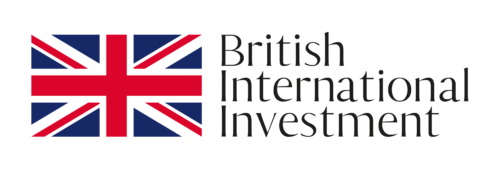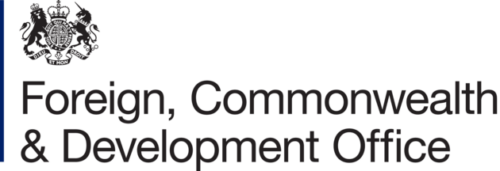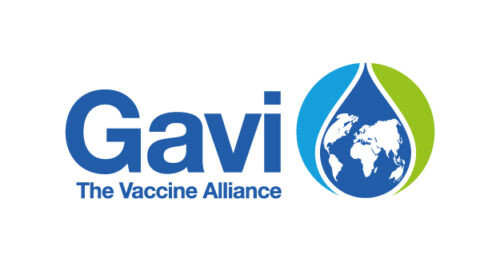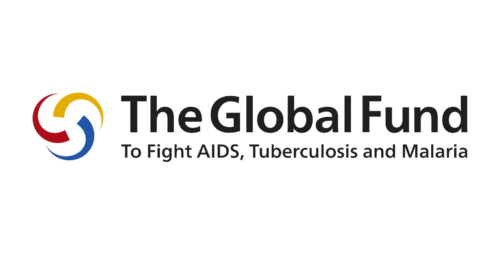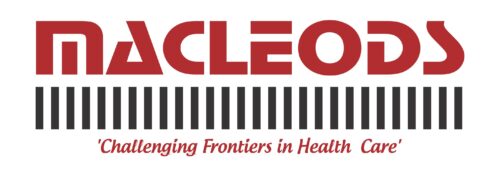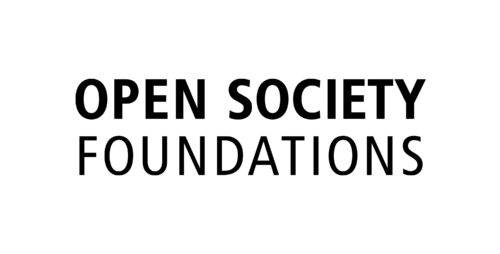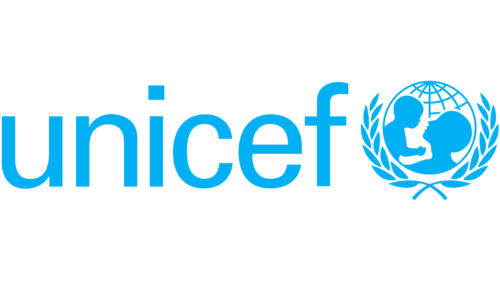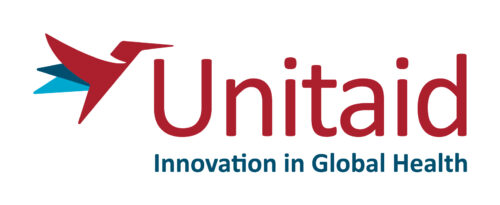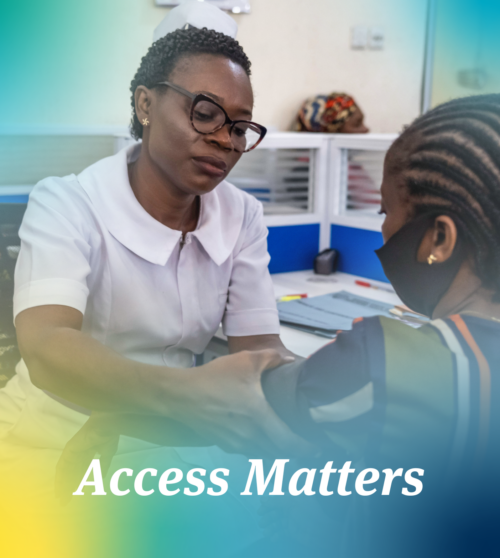MedAccess and BASF welcome positive trial results for next-generation mosquito net
by MedAccess
25 March 2022 | News
Results from a study in Tanzania show the Interceptor® G2 mosquito net to be highly effective at reducing malaria cases.
MedAccess and BASF today welcomed study results published in The Lancet showing the Interceptor® G2 mosquito net – an innovative class of insecticide-treated nets – is highly effective at reducing malaria cases among children.
The 24-month results of the epidemiological study in Tanzania showed that Interceptor® G2, a long-lasting insecticidal net treated with chlorfenapyr and pyrethroid, reduced the prevalence of malaria by 43% and 37% in the first and second year respectively compared to the standard pyrethroid-only long-lasting insecticidal net. Interceptor® G2 also reduced clinical episodes of malaria by 44% over two years and the number of malaria-infected mosquitoes captured by 85%.
The research by institutes in Tanzania, the UK and Canada, was conducted in areas of Tanzania with high levels of mosquito resistance to pyrethroid-only nets, which is an emerging threat to malaria prevention and control efforts in many countries. According to the latest World Health Organization (WHO) World Malaria Report 2020, 78 countries reported mosquito resistance to at least 1 of the 4 commonly-used insecticide classes in the period 2010–2019.
The Interceptor® G2 mosquito net is based on two insecticides and has been designed specifically to combat resistance in the fight against malaria. Building on earlier research supported by the Bill & Melinda Gates Foundation and conducted by the London School of Hygiene & Tropical Medicine, BASF scientists worked for more than a decade to successfully repurpose alpha-cypermethrin and chlorfenapyr, a completely new insecticide class for public health, for use together on mosquito nets.
Although malaria is preventable and treatable, diagnosis, treatment and care can be expensive for countries and individuals. By reducing the number of malaria cases that required treatment, Interceptor® G2 was shown to be not only cost-effective, but actually cost-saving for countries, despite being more expensive than pyrethroid-only nets. In this study, under these conditions, distributing chlorfenapyr nets is therefore expected to cost households and society less overall than pyrethroid-only, PBO, or pyriproxyfen nets.
A four-year agreement announced in 2019 with MedAccess and the Bill & Melinda Gates Foundation enabled BASF to better plan long-term resources and reduce the cost of the Interceptor® G2 nets by an average of 40% over the contract period. The agreement makes the nets more affordable for countries where insecticide resistance is growing and conventional nets are becoming less effective. It covers up to 35 million nets, which will help protect the health of millions of people where the nets are being distributed, currently in 14 countries in sub-Saharan Africa by the New Nets Project, a collaboration led by the Innovative Vector Control Consortium with the Global Fund and Unitaid.
“These stunning results underline the importance of continued investment in innovative technologies to fight malaria and strong partnerships to increase access to them,” said MedAccess CEO Michael Anderson. “Our agreement enabled BASF to significantly reduce the price of the nets. Procurers and countries can have greater confidence when planning future wider use of Interceptor® G2 nets thanks to the ceiling price established through the guarantee. This is another example of innovative finance helping to bring the best of lifesaving science to people who need it.”
Commenting on BASF’s motivation behind the project, Achim Reddig, Director of Public Health – Global Business Management at BASF said: “We call our business a mission. For me and the team, it is very rewarding to see a clear purpose in our daily work and a positive impact of our products on people’s lives.”
Dr Jacklin F. Mosha from the National Institute for Medical Research, Tanzania, the study’s first author, said: “Malaria remains a huge problem across sub-Saharan Africa and is one of the leading causes of death in Tanzania. We urgently need new interventions to get control efforts back on track and protect young people from this deadly disease. These exciting results highlight that we have another effective tool to help control malaria.”
“Countries need a wide range of complementary prevention and treatment tools – including single and dual insecticide nets, seasonal malaria chemoprevention, indoor residual spraying, anti-malarial drugs and the new malaria vaccine – and to target them where they’re needed most to stay ahead of the evolving mosquito and malaria parasite. This new class of insecticide-treated nets has the potential to be a powerful addition to the toolkit of malaria interventions,” said Helen Jamet, Deputy Director, Vector Control, Malaria at the Bill & Melinda Gates Foundation.
To use tools like the Interceptor® G2 for greatest impact and cost-effectiveness, countries must have access to real-time data, sophisticated surveillance systems, and robust community case management to determine the right mix of interventions that can drive down malaria cases and deaths on a district-by-district level based on local resistance profiles and epidemiological context.
Reddig also gave an outlook on the future plans of the project team, saying: “While Interceptor® G2 nets have been rolled out under the New Nets Project, we are working on ramping up volume even beyond the 35 million to cope with the increasing demand for Interceptor G2.
“With a growing population and increasing urbanization, the challenges to prevent people from malaria will evolve, too. Moreover, there is the need for resistance management by alternating different types of insecticide treated nets.
“Therefore, we are now already putting efforts into research and development of our third-generation mosquito nets, Interceptor® G3. In collaboration with the Bill & Melinda Gates Foundation and other stakeholders, our team is exploring further opportunities to build on the progress made with Interceptor® G2. Furthermore, for new projects to be still financially sustainable and affordable, our stakeholders – our customers, funders and partners – need to support the introduction phase with a steep volume ramp-up.
“Especially because of the logistical challenges which occurred throughout the last two years, we have to think about more robust ways to supply nets to the affected communities, to the people who need continuous protection against malaria.”
Globally in 2020, the WHO estimates 627,000 people lost their lives to malaria, 96% of these deaths occurred in sub-Saharan Africa. In the last five years, progress against the disease in the highest burden countries has levelled off at the same time that insecticide resistance has increased while global funding has plateaued. More recently, service disruptions caused by COVID-19 contributed to 49,000 deaths in 2020.
The Tanzania study was conducted by the London School of Hygiene & Tropical Medicine (LSHTM), National Institute for Medical Research, Kilimanjaro Christian Medical University College in Tanzania, and the University of Ottawa, Canada.
A further study is underway in Benin, which will help establish Interceptor® G2’s effectiveness in different settings. The WHO will make a recommendation for use based on the Tanzania and Benin studies.
Further reading:
